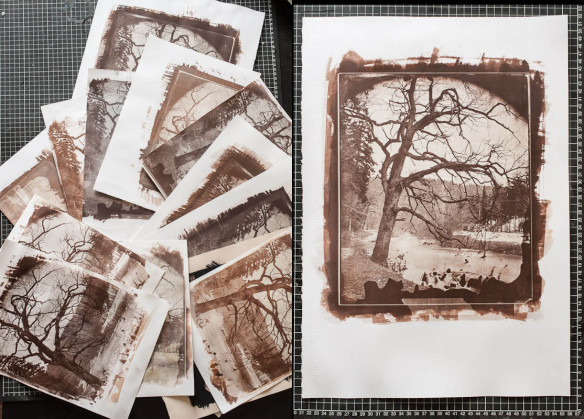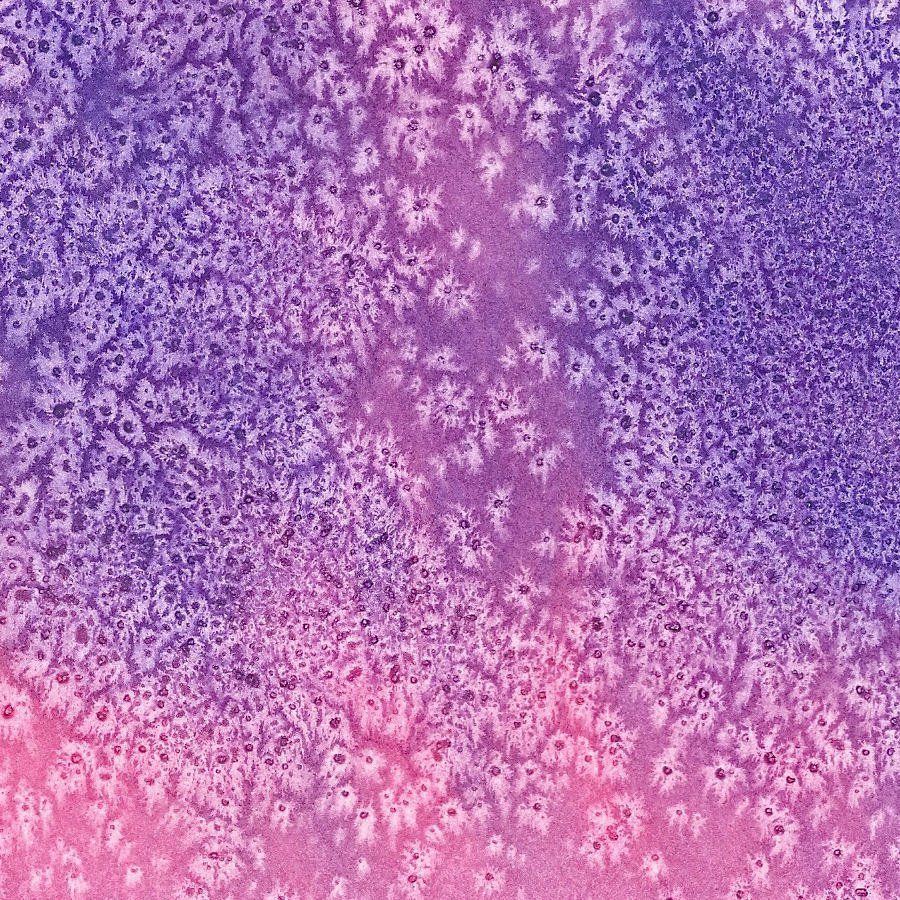- GENERAL RESEARCH -
- SALT RESEARCH -
SALT RESEARCH
VICE ARTICLE QUOTES - GOOGLE TRANSLATE
"Hou eens op over je blauwe Keltische door lama's gefilterde bergbeekzout. Je eet gewoon verontreinigde troep."
"Himalayazout, zeezout en ander sjiek-de-friemel-zout is dus puur natuur en het doodgewone tafelzout is vergif van de chemische industrie."
"Het roze Himalayazout komt bijvoorbeeld uit de op één na grootste zoutmijn ter wereld. In Pakistan. En dat ligt eigenlijk nét niet in het Himalayagebergte. "
"er zitten sporen van ijzer in, die in de loop der tijd verroest zijn geraakt en daardoor het zout een rode kleur geven. Het blauwe zout dat dit artikel veroorzaakte krijgt zijn kleur door sporen van koper en kobalt."
https://www.vice.com/nl/article
/d7ddkj/roze-himalayazout-is-eigenlijk-gewoon-verroest-kutzout
VICE ARTICLE QUOTES - GOOGLE TRANSLATE
"Stop talking about your blue Celtic llama-filtered mountain stream salt. You just eat contaminated junk."
"Himalayan salt, sea salt and other chic salt-friel salt is therefore pure nature and the ordinary table salt is poison from the chemical industry."
"The pink Himalayan salt, for example, is the second largest salt mine in the world. In Pakistan. And that is actually not in the Himalayas."
"It contains traces of iron, which have been rusted over time and have given the salt a red color. The blue salt that this article accepted gets its color from traces of copper and cobalt."
https://www.vice.com/nl/article
/d7ddkj/roze-himalayazout-is-eigenlijk-gewoon-verroest-kutzout
SALT
Salt is a mineral composed primarily of sodium chloride (NaCl), a chemical compound belonging to the larger class of salts; salt in its natural form as a crystalline mineral is known as rock salt or halite. Salt is present in vast quantities in seawater, where it is the main mineral constituent. The open ocean has about 35 grams (1.2 oz) of solids per liter of sea water, a salinity of 3.5%.
BRANDING OF SALT
Het ziet er naar uit dat verpakking en marketing een grote rol spelen bij de verkoop van zout. In principe is als het zout gewoon hetzelfde. Er worden steeds opnieuw manieren bedacht voor het maken van “speciaal zout”
BRANDING OF SALT -
GOOGLE TRANS
It seems that packaging and marketing play a major role in the sale of salt. In principle, if the salt is just the same. Ways of making "special salt" are constantly being thought of


PRINTING WITH SALT
Salt print process was invented by Henry Fox Talbot in 1839 and it’s known as a very low contrast printing technique. From The Book of Alternative Photographic Processes I’ve learned a technique to chemically raise a contrast of a salt print. You add a drop or two of potassium bichromate to a 28ml of sensitizer and heat it up to about 40C, expose it in the shadow, best under daylight UV skylight and then do a 5 minute prewash in a hot (cca 40C) distilled water with another 3 drops of potassium bichromate. It does raise a contrast, but it also cause speckling so you need to work with heated solutions and expect that it will not work the first time. Check how many test prints I’ve done until I figure it all out…
https://borutpeterlin.wordpress.com/2013/04/30/salt-print-process-with-the-help-of-potassium-bichromate/
PAINTING WITH SALT
Salt is a fun, experimental tool to use when watercolor painting. Salt painting, or what is also commonly called salt technique, is very easy to do, and the results can be surprisingly wonderful.
Of course, the results can also be surprisingly not wonderful. When using salt with watercolor, you're never going to be completely in control, but there are a few things you can do to gain the best results possible.
There are infinite watercolor effects that are possible when using salt with watercolor, but this simple tutorial on basic salt techniques should help you get started and make the most of this common ingredient in your watercolor paintings.
https://www.scratchmadejournal.com/blog/painting-with-salt-watercolor-tutorial